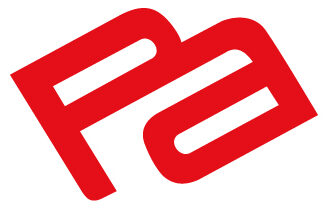Mario Escudero
Business Development Manager
November 23, 2021
The generations of professionals who today have over 35 years of graduation from our respective universities, have been privileged and lived a time of significant changes, as never before, with a massive diffusion and penetration in a short time, from mainframe computers, to desktops, laptops, tablets and smartphones. Technologies that changed our way of designing components, equipment and complete plants, bringing reliability, shortening deadlines and reducing associated investments.
The tools that we have today and use every day were unthinkable at the time we graduated and were only in our engineering minds and in that long list of unattainable wishes that would make our work better. Nowadays, the amount of information that can be collected from any piece of equipment is such that not only is the wish list of that time a reality, but now we have to qualify what and how much of that large amount of information collected is relevant to the desired objective with specialized professionals dedicated to that task. Once the tools have been made available, software or applications have appeared that further enhance their use.
A simple example is the accurate prediction of failure of equipment of any type based on continuous monitoring, control and diagnosis. Major and unexpected failures that used to stop production are now minimal, we no longer necessarily have to be next to the equipment to diagnose the problem or to operate a plant; today’s Integrated Operations Centers perform this function hundreds of kilometers away. It is true that many of us would prefer to be with our senses next to the equipment, but strictly speaking, it is only a complement, perhaps desirable, but not essential.
Today, not only is engineering work done with fewer people, but any task in the industrial sector requires fewer people, more specialization and greater automation. The challenge today is to educate and create opportunities for the generations that will enter the workforce, because these advances have led us to dispense with labor at different levels of organizations. Although universities and institutes have adapted their plans and professionals now have the knowledge and skills to face this new reality, the challenge remains to educate, educate and educate to provide those with fewer opportunities with the necessary tools so that, based on their talent and their own efforts, they can opt for a better quality of life.
It may seem difficult for our generations to contribute to the training of new professionals when there are so many tools and technology available that not everyone masters, but the truth is that our task is easier than it seems. Although experiences are lived and not passed on, making them known is already a contribution for those who want to listen; in our industry, the youngest must always work alongside a more experienced professional, and those who have the most advanced skills, soft and technical, must gradually assume more responsibilities until they work alongside the Leaders.
None of this is new, it is simply the cycle, we all learned from someone, absorbing the positive and correcting the negative. The tools may change, yesterday it was a simple slide rule, today it is a powerful software, but common sense, methodical analysis, control and management of different situations, communication and the transfer of experiences remains the same.
It is imperative to prepare our future leaders, a task that we have as an engineering company, but it is also the task of our country with respect to our youth, looking for a more prosperous future for our people and our country.
